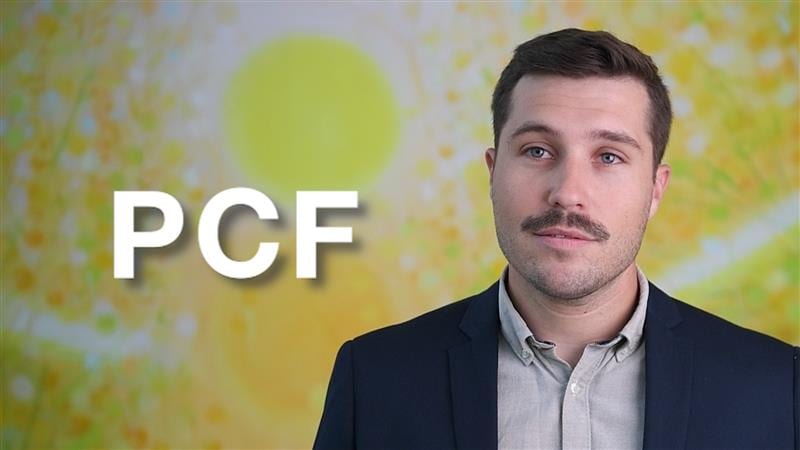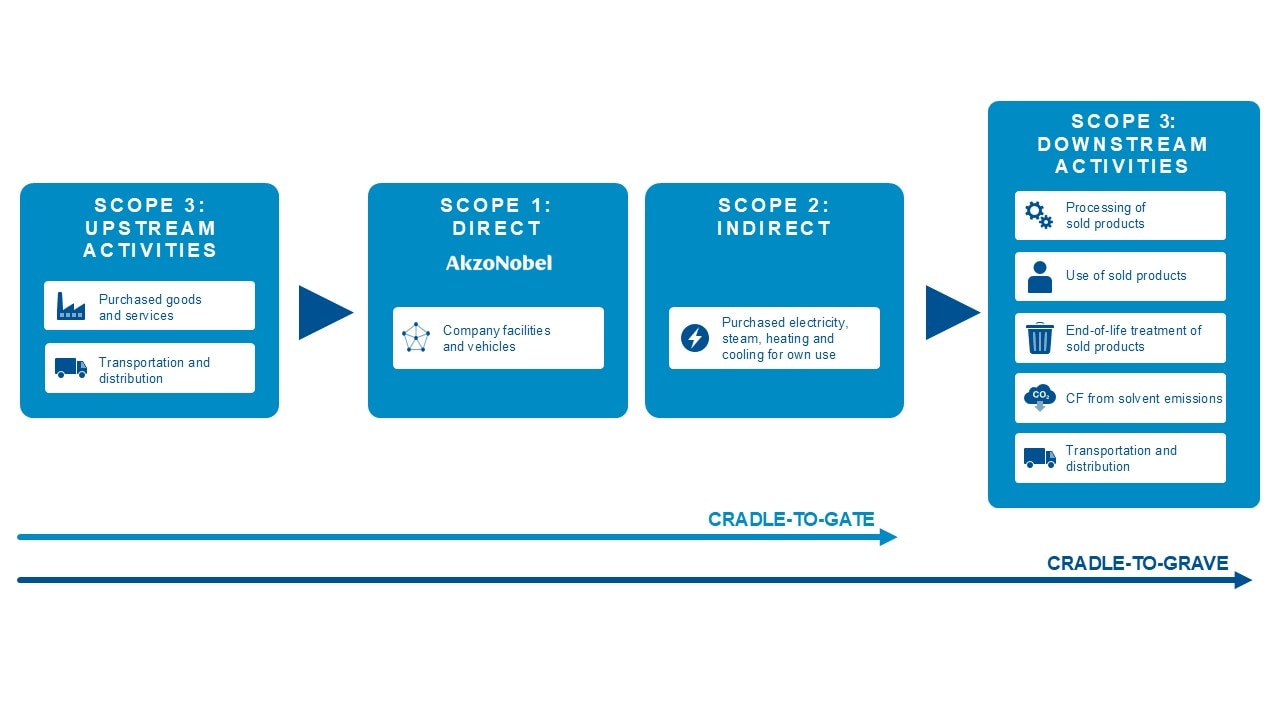
Sustainability
The methodology we use for calculating our product carbon footprint (PCF) has received third party verification from Bureau Veritas, a global leader in testing, inspection and certification services.
A PCF measures the total greenhouse gas emissions associated with a product throughout its lifecycle – from raw material extraction to factory gate, or even to end-of-life. It focuses specifically on climate impact, expressed in kg of CO2 eq per kg of product.
It means the methodology and the tools we use meet the international standards ISO 14040:2006, ISO 14044:2006 and ISO 14067:2018 for the greenhouse gas emissions calculated for our products. As part of the process, a critical review statement was delivered.
Yes. Our methodology also meets the requirements of the latest Together for Sustainability guideline. As part of the process, a Certificate of Conformity was delivered by the third party assurance. The TfS guidelines encourage companies to use supplier specific primary product carbon footprint data, which we've already been collecting from our key raw material suppliers for several years.
The verification brings transparency, trust and credibility to our product carbon footprint statements. It’s essential for customer trust and sustainable procurement along our downstream value chain. Verified PCFs provide our customers with essential data to decarbonize their supply chains and comply with corporate and regulatory climate reporting. Obtaining this independent assurance underscores our commitment to maintaining a transparent approach and our adherence to the highest standards in our sustainability practices and climate change impact.
Ideally, we want every customer to be able to see at a glance what the environmental impact is of the product they’re buying. That’s what we’re working towards to help us achieve our ambitious target of reducing carbon emissions across our full value chain by 50% by 2030 (using 2018 as our baseline).
By aligning with internationally recognized standards and industry best practices, we’re helping drive harmonization and consistency in product carbon footprinting across the paints and coatings sectors. This transparency supports Scope 3 emissions reporting and positions us as a reliable partner in the decarbonization journey, empowering our customers to meet their climate ambitions.
Looking ahead, we’ll continue integrating verified PCF data across the value chain to support informed decisions and greater transparency. We aim to be a trusted partner in the transformation of the value chain, supporting ambitious climate targets with credible, transparent data.
To learn more about the product carbon footprint data we can provide, please contact your sales representative or reach out to us directly at sustainability@akzonobel.com.
Product carbon footprint (PCF) at AkzoNobel

